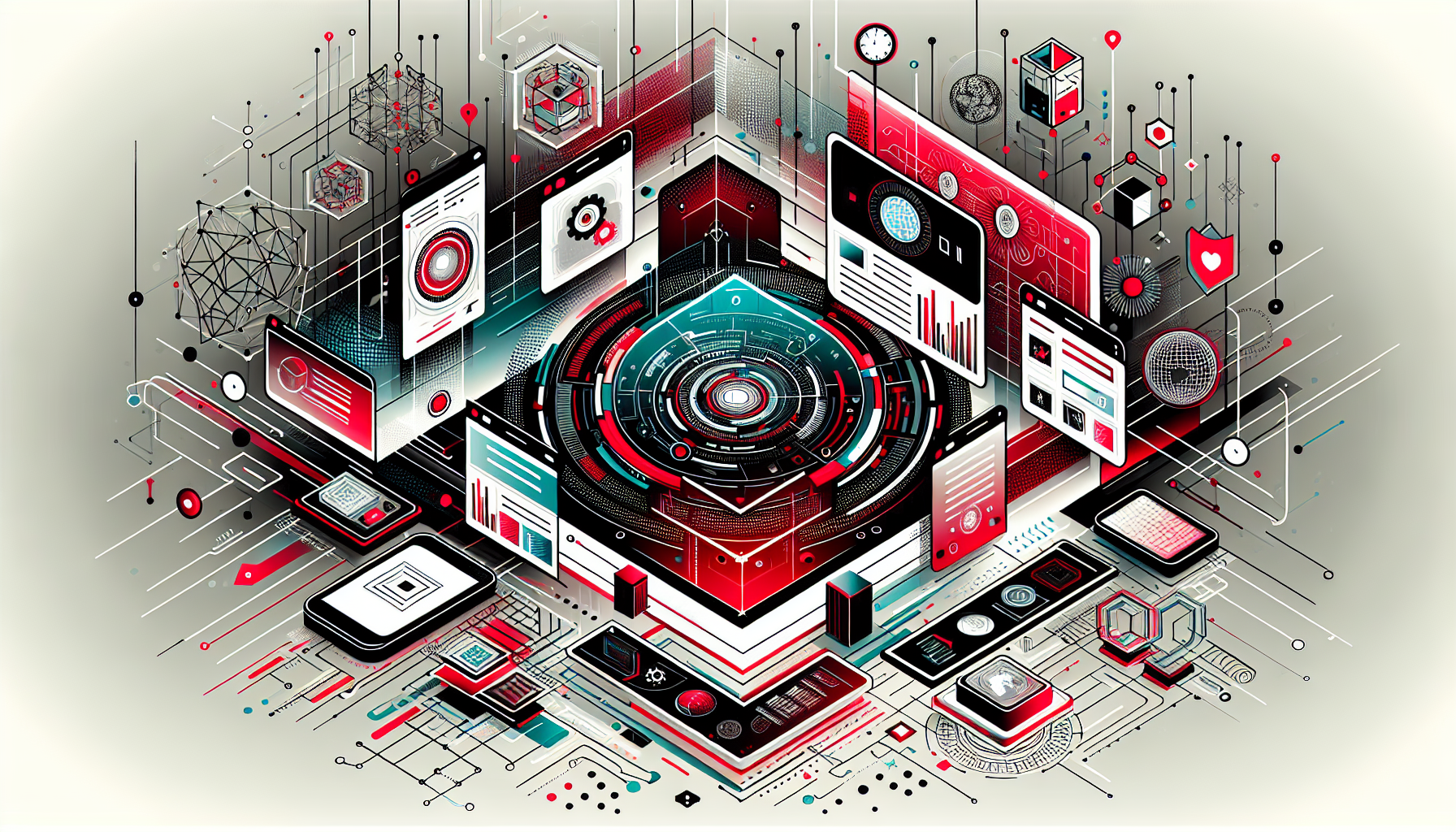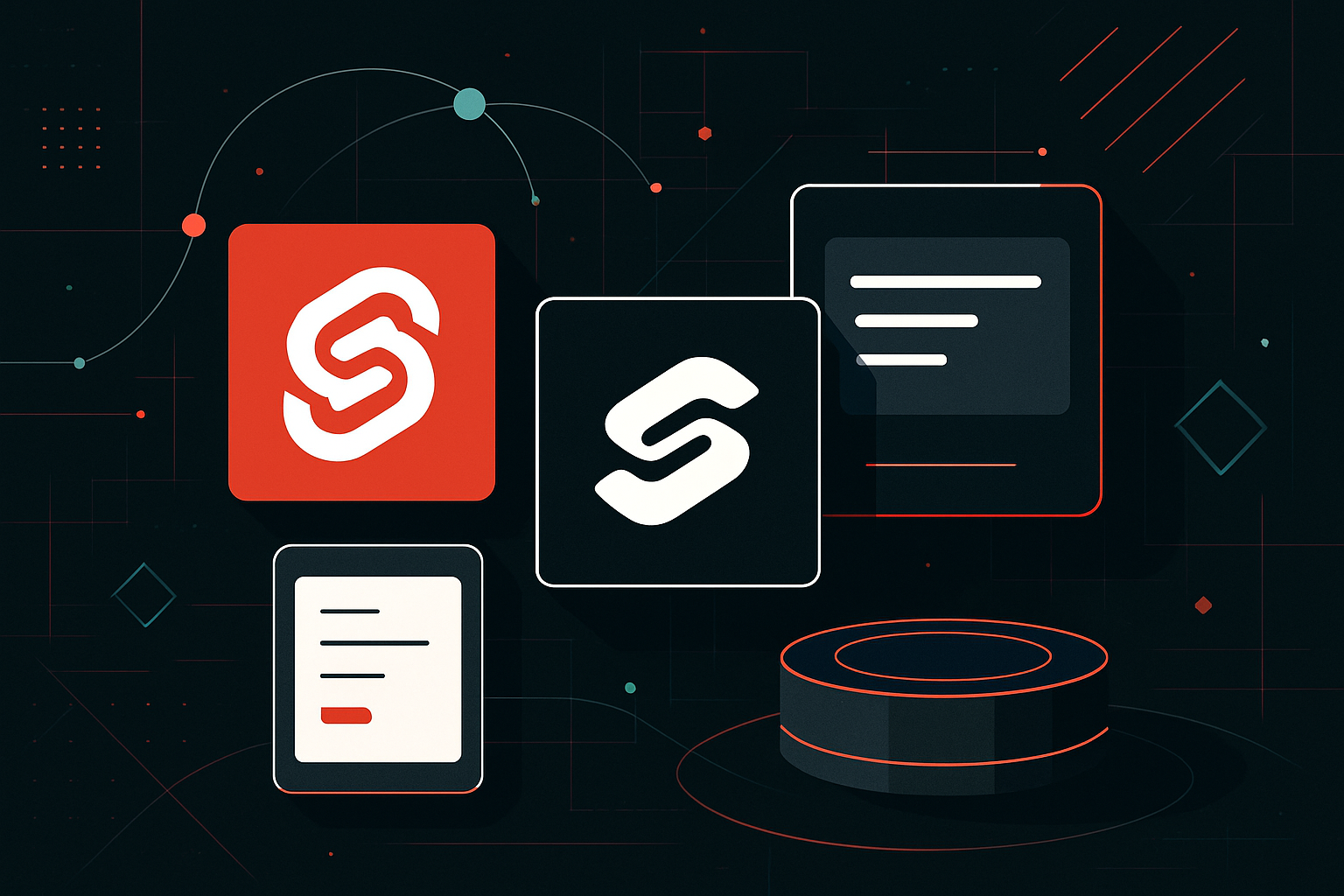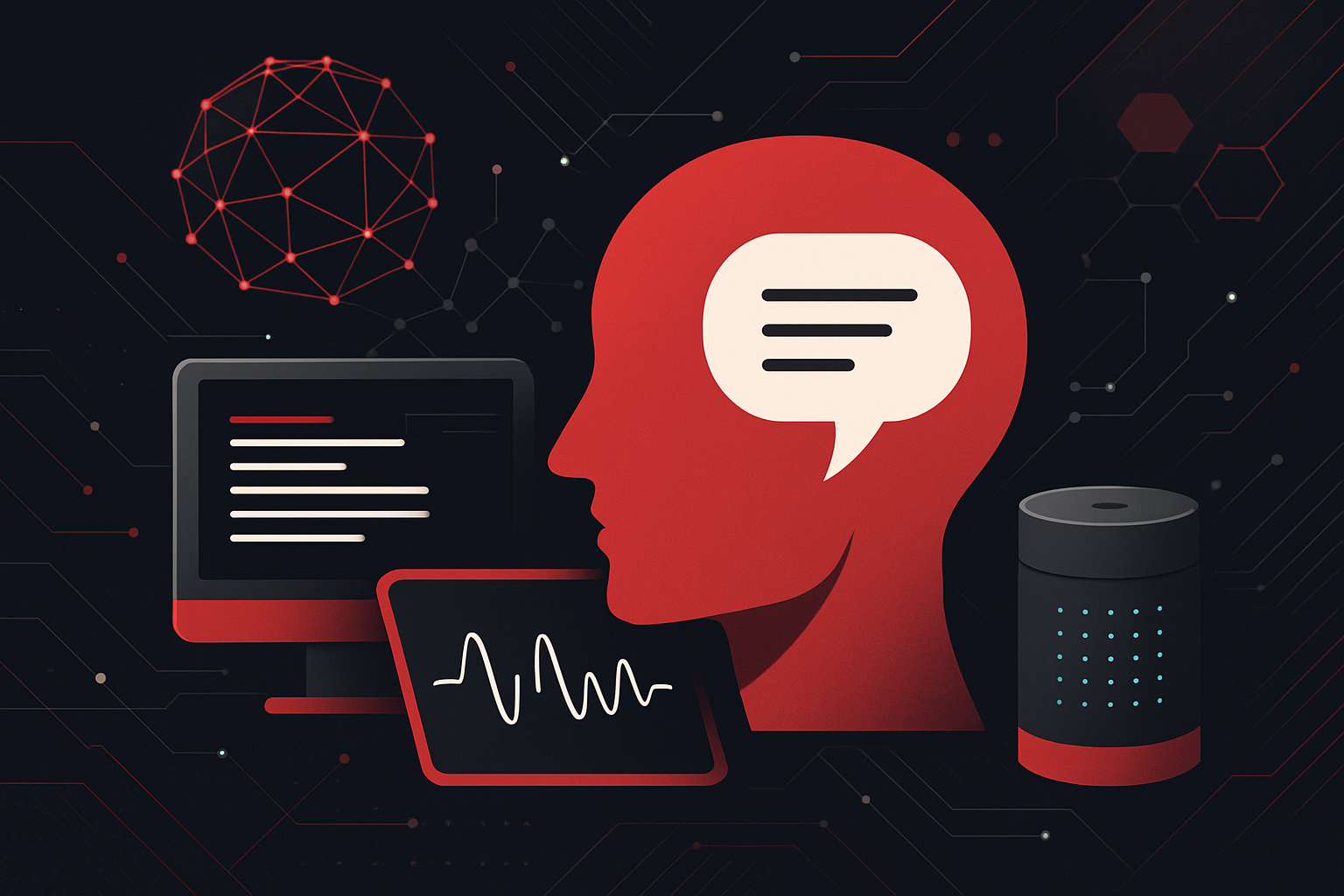Top Web Design Trends for 2025

Minimalist and Content-First Layouts
Web design in 2025 continues to emphasize clarity and simplicity. Minimalist layouts focus on essential content, reducing distractions and improving usability.
Key Practices:
– Use ample whitespace to separate elements.
– Prioritize content hierarchy with bold headings and concise text.
– Limit color palettes to 2–3 harmonious tones.
Example: Minimalist CSS Grid
.container {
display: grid;
grid-template-columns: 1fr minmax(300px, 700px) 1fr;
gap: 2rem;
}
.main-content {
grid-column: 2;
}
AI-Driven Personalization
Artificial intelligence enables dynamic adaptation of content and visuals to user preferences and behaviors.
Implementation Steps:
1. Collect data on user interactions (e.g., visited pages, clicked elements).
2. Use AI algorithms (like TensorFlow.js) to suggest content or modify layouts in real time.
3. Integrate personalization APIs (e.g., Adobe Target, Optimizely).
Sample Workflow:
| Step | Tool/Tech | Outcome |
|——————|————————-|———————————-|
| User tracking | Google Analytics, JS | Data collection |
| Data processing | TensorFlow.js | Predict user interests |
| Content display | Dynamic DOM manipulation | Personalized recommendations |
Motion and Micro-Interactions
Subtle animations and interactions enhance user experience and guide attention without overwhelming.
Popular Micro-Interaction Types:
– Button hovers
– Animated form feedback
– Loading indicators
– Scroll-triggered reveals
Example: Button Hover (CSS)
.button {
transition: background 0.3s;
}
.button:hover {
background: #0057ff;
color: #fff;
}
Accessibility-First Design
Accessibility is prioritized, meeting and exceeding WCAG 2.2 guidelines.
Technical Checklist:
– Ensure all interactive elements are keyboard navigable.
– Provide sufficient color contrast (test with tools like axe or Lighthouse).
– Use semantic HTML (<nav>, <header>, <main>, <footer>, <button>, etc.).
– Include ARIA labels where necessary.
Accessible Button Example:
<button aria-label="Close modal" tabindex="0">
×
</button>
| Accessibility Feature | Implementation Tool/Method |
|---|---|
| Color Contrast | WCAG, axe, Chrome DevTools |
| Keyboard Navigation | tabindex, :focus-visible |
| Screen Reader Labels | aria-attributes, semantic HTML |
Advanced Scalable Vector Graphics (SVG)
SVG usage increases for crisp, lightweight, and interactive illustrations and icons.
Actionable Techniques:
– Use inline SVG for direct styling and animation.
– Animate SVG elements with CSS or JavaScript for engaging effects.
Sample: Inline SVG Animation
<svg width="100" height="100">
<circle id="myCircle" cx="50" cy="50" r="40" fill="#f06"/>
</svg>
<script>
document.getElementById('myCircle').addEventListener('mouseenter', function() {
this.setAttribute('fill', '#00c853');
});
</script>
Variable Fonts and Typography Innovations
Variable fonts allow for dynamic weight, width, and slant adjustments, reducing load times and enabling creative flexibility.
How to Use Variable Fonts:
@font-face {
font-family: 'InterVariable';
src: url('Inter-VariableFont_slnt,wght.ttf') format('truetype-variations');
font-weight: 100 900;
font-stretch: 75% 125%;
}
.heading {
font-family: 'InterVariable', sans-serif;
font-variation-settings: "wght" 700, "wdth" 120;
}
| Benefit | Static Fonts | Variable Fonts |
|---|---|---|
| File Requests | Multiple | Single |
| Customization | Limited | Extensive |
| Performance | Lower | Higher |
Immersive 3D and Parallax Elements
WebGL, Three.js, and CSS 3D transforms enable immersive visuals without heavy load times.
Implementation Steps:
1. Use Three.js for interactive 3D scenes.
2. Apply CSS transform: perspective() for lightweight 3D effects.
Three.js Example:
import * as THREE from 'three';
const scene = new THREE.Scene();
const camera = new THREE.PerspectiveCamera(75, window.innerWidth/window.innerHeight, 0.1, 1000);
const renderer = new THREE.WebGLRenderer();
renderer.setSize(window.innerWidth, window.innerHeight);
document.body.appendChild(renderer.domElement);
// Add a spinning cube
const geometry = new THREE.BoxGeometry();
const material = new THREE.MeshBasicMaterial({ color: 0x00ff00 });
const cube = new THREE.Mesh(geometry, material);
scene.add(cube);
camera.position.z = 5;
function animate() {
requestAnimationFrame(animate);
cube.rotation.x += 0.01;
cube.rotation.y += 0.01;
renderer.render(scene, camera);
}
animate();
Dark Mode and Dynamic Themes
Supporting user system preferences for dark/light themes enhances comfort and accessibility.
CSS Media Query:
@media (prefers-color-scheme: dark) {
body {
background: #181a1b;
color: #f5f6fa;
}
}
Dynamic Theme Toggling (JS):
function toggleTheme() {
document.body.classList.toggle('dark-theme');
}
| Theme Support | User Experience | Implementation Effort |
|---|---|---|
| Light Only | Limited | Low |
| Light & Dark | Flexible | Moderate |
| Dynamic Custom | Highly Flexible | High |
Responsive and Adaptive Design with Container Queries
Container queries enable components to adapt based on their parent’s size, not just the viewport.
Example: CSS Container Query
.card {
container-type: inline-size;
}
@container (min-width: 400px) {
.card-content {
flex-direction: row;
}
}
Benefits:
– Improved modularity for complex layouts.
– Components remain responsive in any context.
Eco-Friendly and Performance-Optimized Design
Eco-conscious design reduces energy consumption and carbon emissions by optimizing assets and code.
Best Practices:
– Optimize images using modern formats like AVIF and WebP.
– Minimize JavaScript and CSS; use tree-shaking and code-splitting.
– Implement lazy loading for images and resources.
Image Example:
<img src="image.avif" loading="lazy" width="600" height="400" alt="Sample">
| Optimization Area | Technique | Tool/Standard |
|---|---|---|
| Images | AVIF/WebP, Lazy Load | Squoosh, |
| CSS/JS | Minification, Bundling | webpack, esbuild |
| Fonts | Subset, Variable | Google Fonts API |
These trends reflect a shift towards web experiences that are faster, more accessible, sustainable, and deeply personalized. Adopting these practices ensures your sites remain modern, performant, and user-centric in 2025.





0 thoughts on “Top Web Design Trends for 2025”